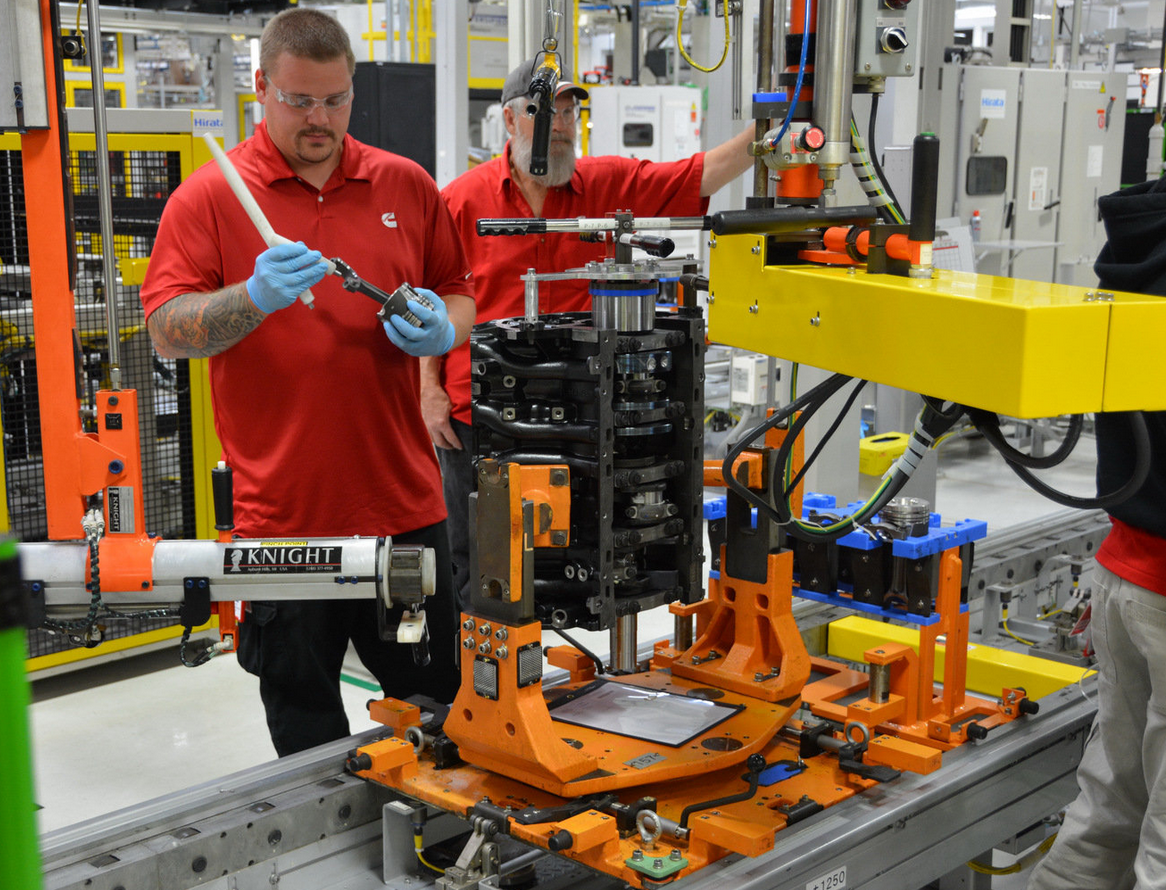Strong Market Ahead of New Class 8 Emission Standard?
The prediction business is always a tricky one, but ACT Research is undaunted.
The company noted that “total North American Class 8 truck production peaked in 2015, with ACT predicting lower demand in 2016 and 2017 followed by recovery.”
More specifically, industry pundits see a pre-emission boom in 2019 and 2020, before a sharp drop into 2021, according to a new report by Americas Commercial Transportation (ACT) Research and Rhein Associates.
The N.A. On-highway CV Engine Outlook, available now, is designed to present historical trends, current activity and forecasts of engine demand in on-highway commercial vehicles. The report analyzes significant trends in engine displacement, engine type (diesel, gasoline, natural gas, and other), captive versus non-captive engines, and premium versus non-premium power for Class 8 vehicles.
“This analysis of engine history and its related forecast highlight the trends in engine type and displacement,” said Tom Rhein, President of Rhein Associates. He added, “New and revised engine introductions over the next few years, together with emission impacts, will lead to changes in demand.”
According to ACT’s senior partner and general manager, Ken Vieth, “The Class 8 engine analysis centers on diesel engines as gasoline engines are not available in trucks of this size, and OEM installed alternative fuel engines (natural gas) are currently only available from Cummins Westport: ISL-G (8.9L) and ISX-12G (11.9L).” Vieth continued, “Demand for natural gas engines has slowed in 2016, constituting less than 2% of total engines used in Class 8 trucks.”
Rhein Associates is a major supplier of powertrain information.
Category: Featured, General Update











